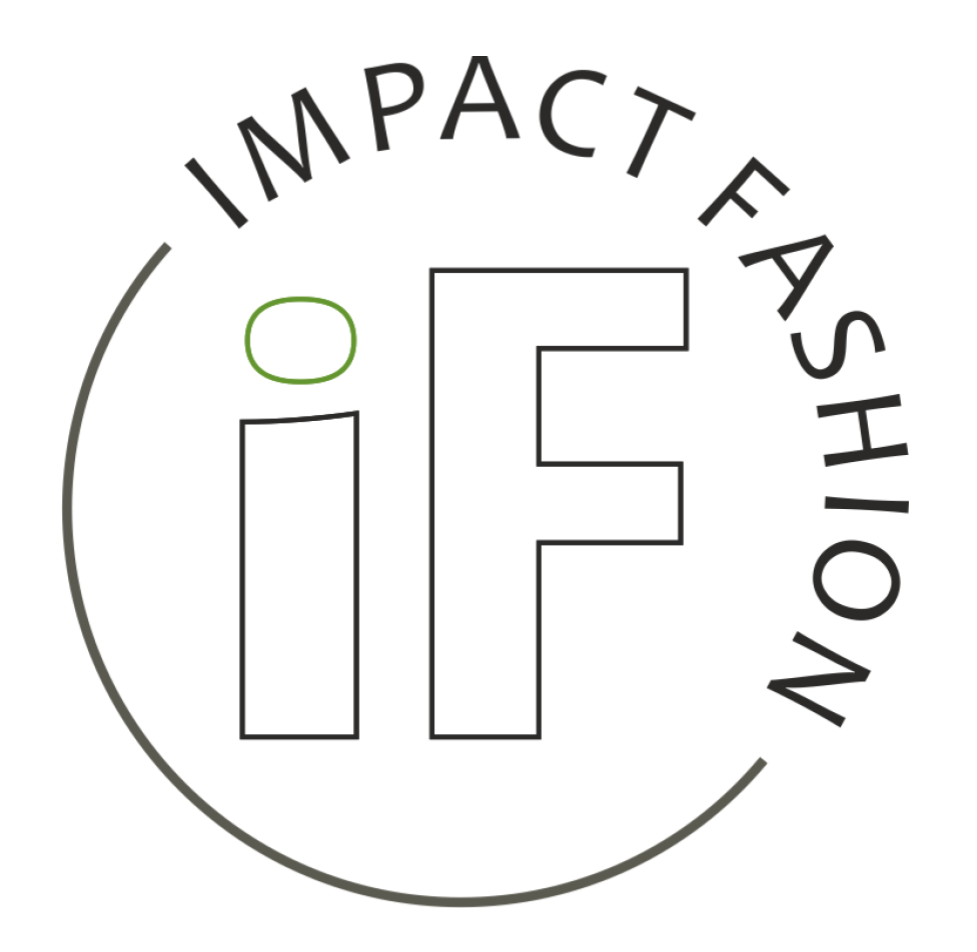Typically, fashion brands or businesses can move toward being a circular fashion business by either adopting a circular business model or integrating circular thinking into all or majority of their business.
Using the models outlined by Accenture in their 2015 report, there are typically five circular business models that are talked about. Circular business models are underpinned by the core circular economy principles that every product or item created is:
- a) made to be used more,
- b) made to be made again, and
- c) made from safe and recycled or renewable inputs or raw materials.
Fashion and textiles businesses, specifically, can embed the circular economy by:
- reducing the materials needed and waste created when making products;
- recycling the materials used to produce new products;
- refurbishing deadstock and used products into new products – without re-processing the ‘raw’ materials;
- reselling second-hand or used products with no refurbishment;
- renting products through one-off rental or subscription models, and;
- repairing products, by professional or amateur means during the product’s use-phase – without changing ownership.
This is according to guidance provided by the Business of Fashion and consulting firm McKinsey in the State of Fashion 2021 report. It is also aligned with guidance from Accenture and the Ellen MacArthur Foundation.
Here are a few examples of how fashion businesses are embedding the circular economy:
- Patagonia’s Worn Wear programme, where outdoor clothing and apparel manufacturer, Patagonia offers its customers access to repair services that allow broken items to be repaired and returned to its customers to be used.
- Eileen Fisher’s Renew, where womenswear brand, Eileen Fisher provides customers with the option to return old clothes to its stores. Eileen Fisher sorts, cleans and then resales some of these pre-owned items in stores. To learn more about Eileen Fisher Renew and how the service is run listen to episode 2 of The Impact Fashion Podcast (on Spotify & Apple Podcast)
- We-Resonate, a small fashion brand that creates collections using secondhand/vintage silk scarves.
As the fashion industry’s interest in the circular economy grows and the concept moves from the fringes to the mainstream, there will be more examples of how fashion businesses, of all sizes, have embedded the circular economy. We at Impact Fashion will do our best to share case studies of how fashion businesses across the UK, and beyond, are working towards becoming more circular.
